Christmas and P in Singapore with Nanyang Technological and Singapore Management Universities12/25/2016 "I cannot overemphasize the importance of phosphorus not only to agriculture and soil conservation but also to the physical health and economic security of the people of the Nation. "
|
Science /ˈsīəns/
|


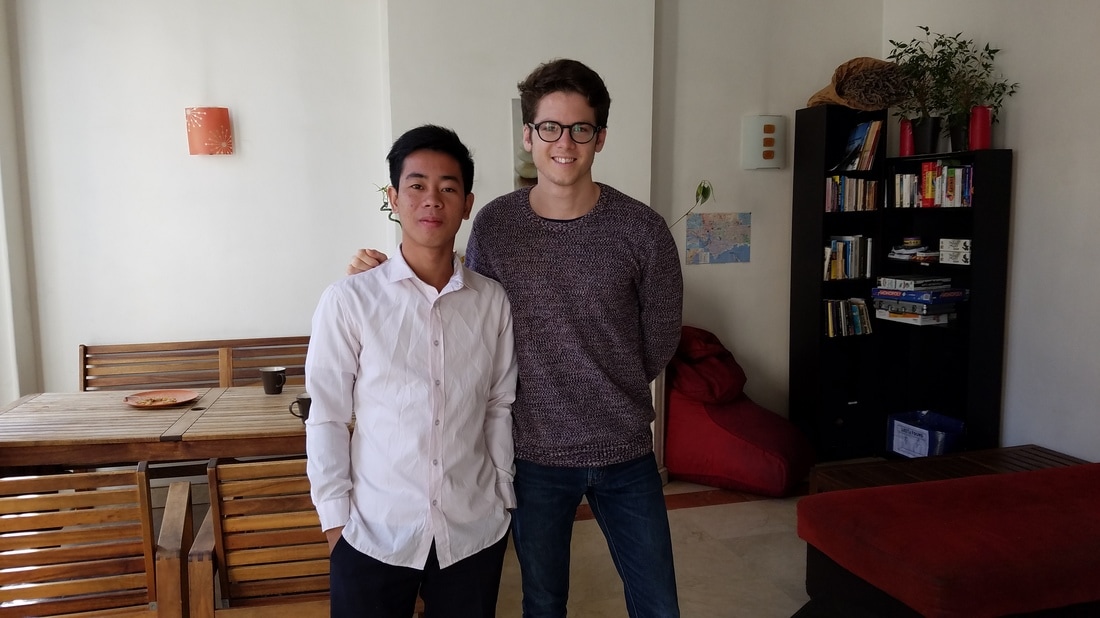
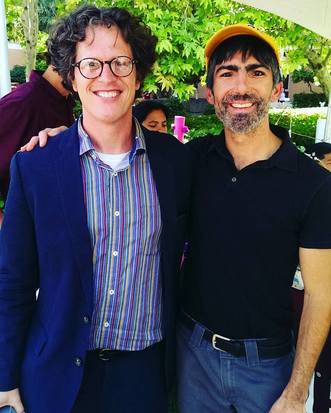
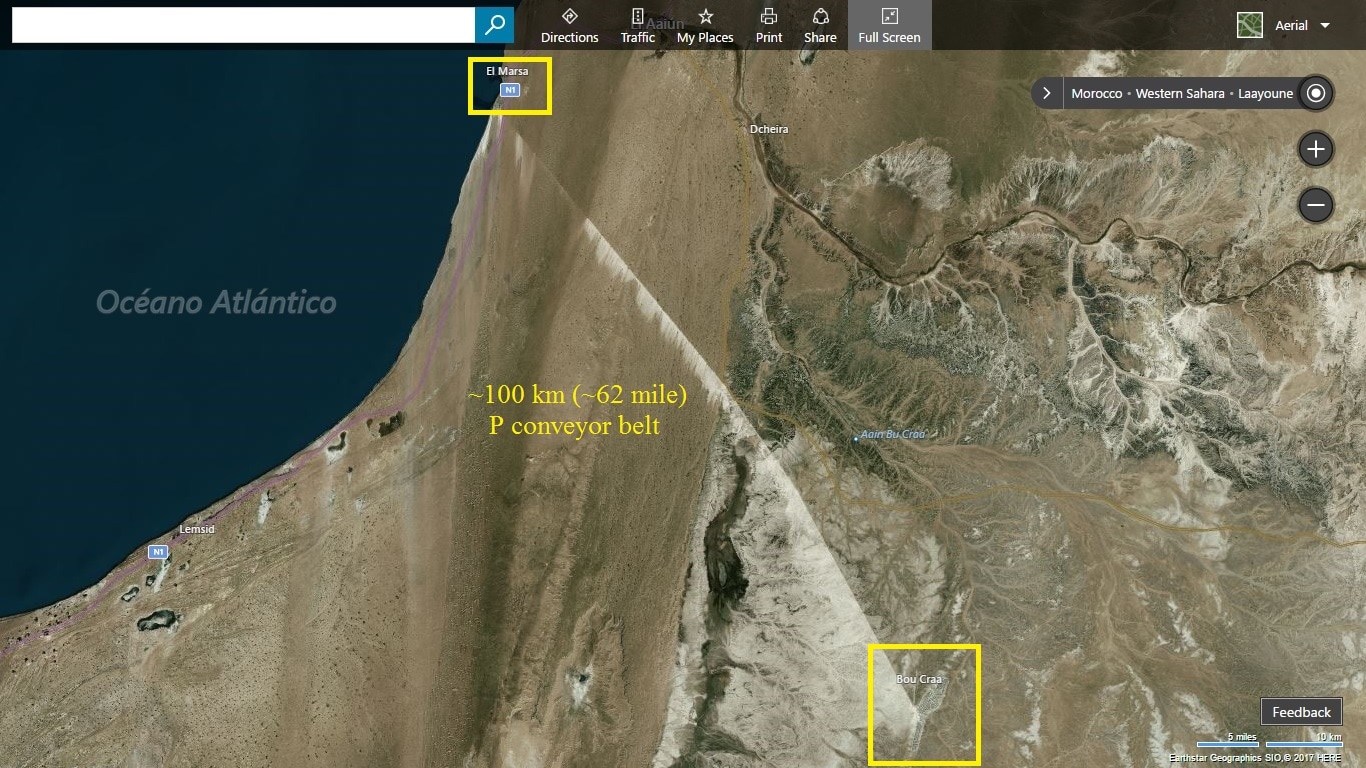
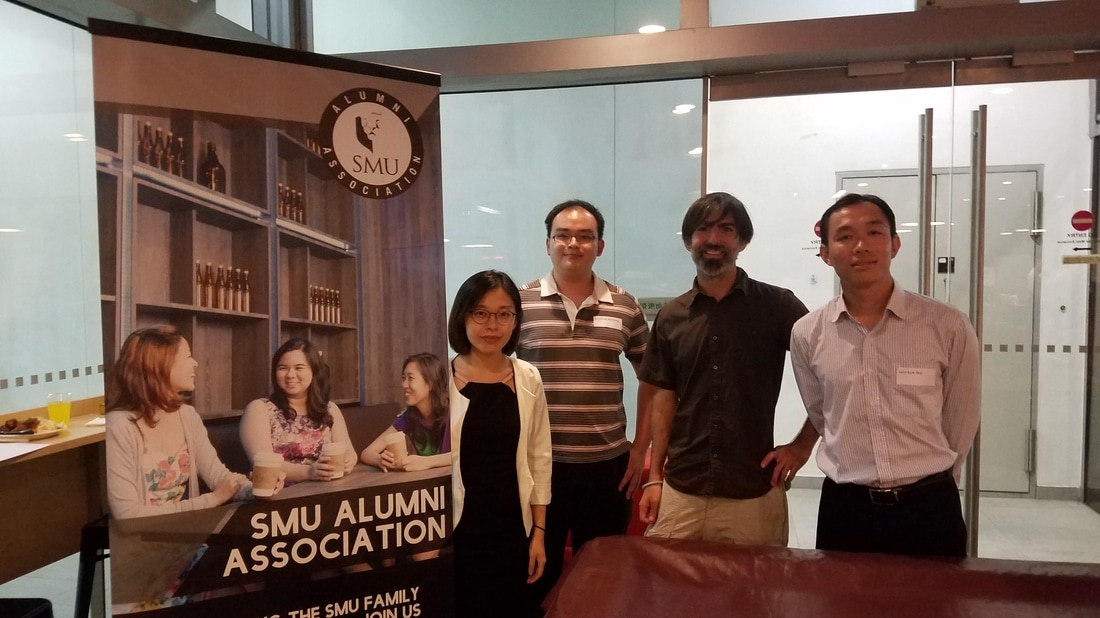
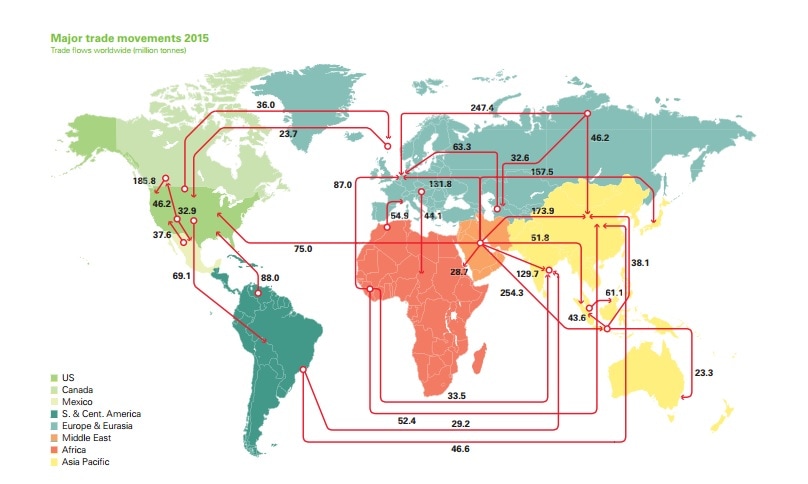
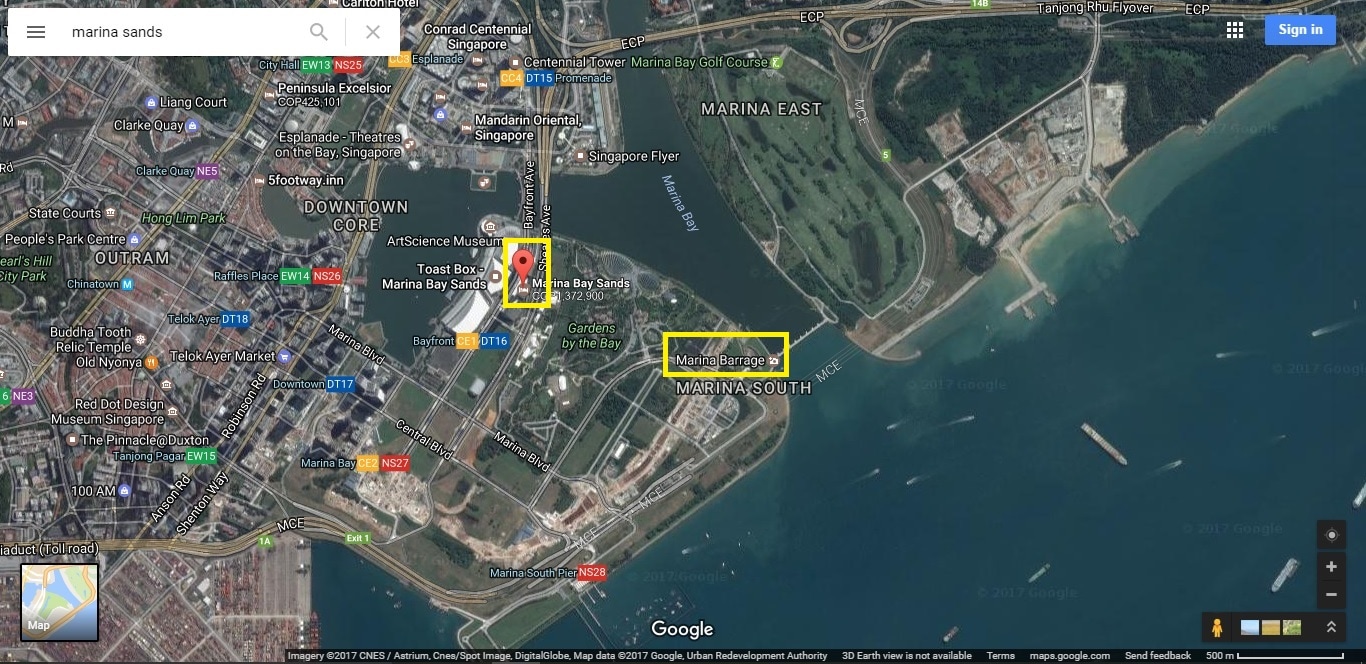
 RSS Feed
RSS Feed